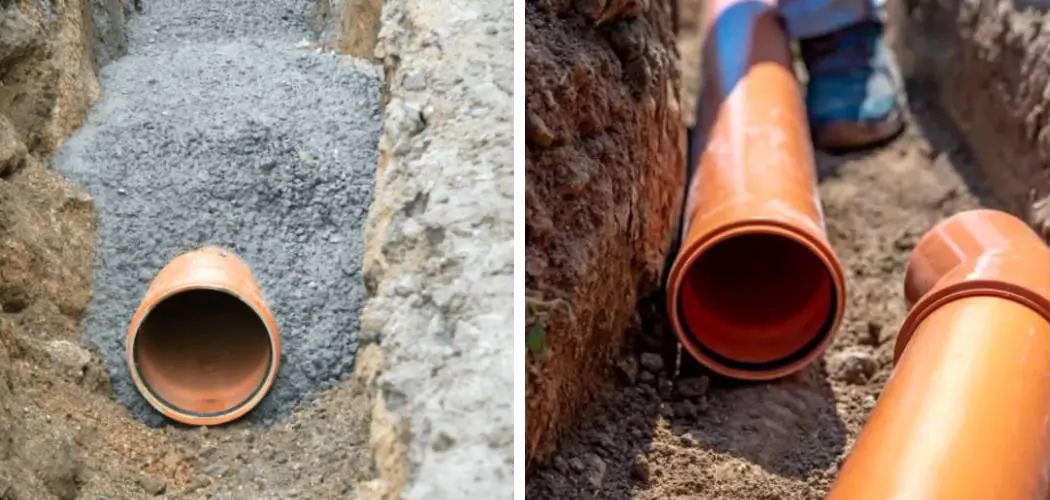Thawing drain pipes is an essential skill for any homeowner or tenant to know. No one wants to deal with frozen and clogged drains, especially during the colder months when they are most prone to freezing. Not only can frozen pipes lead to inconvenient plumbing issues, but they can also result in costly repairs if not addressed promptly.
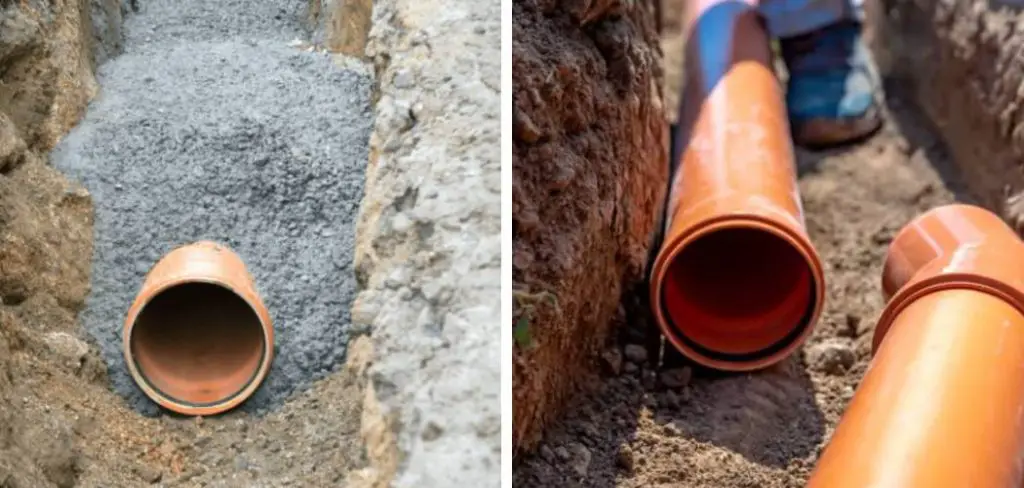
There are several advantages to knowing to thaw drain pipes. This knowledge can come in handy especially during the winter months where frozen pipes are more common. Firstly, knowing to thaw drain pipes can save you money.
Hiring a plumber to fix your frozen pipes can be expensive, and it may not always be necessary. By using simple DIY methods to thaw your own drain pipes, you can save yourself the money and hassle of hiring a professional. In this blog post, You will learn in detail how to thaw drain pipes.
Step-by-step Instructions for How to Thaw Drain Pipes
Step 1: Inspect the Pipes
Before attempting to thaw your frozen drain pipes, take a moment to inspect them. Look for any visible cracks or damage that may have been caused by the freezing temperatures. If you notice any significant damage, it’s best to call a professional plumber for assistance.
Step 2: Turn off Water Supply
To avoid any potential accidents or water leaks, it’s essential to turn off the water supply to your frozen drain pipes. This step will also prevent any additional water from entering the pipes and potentially making the problem worse.
Step 3: Locate the Frozen Section
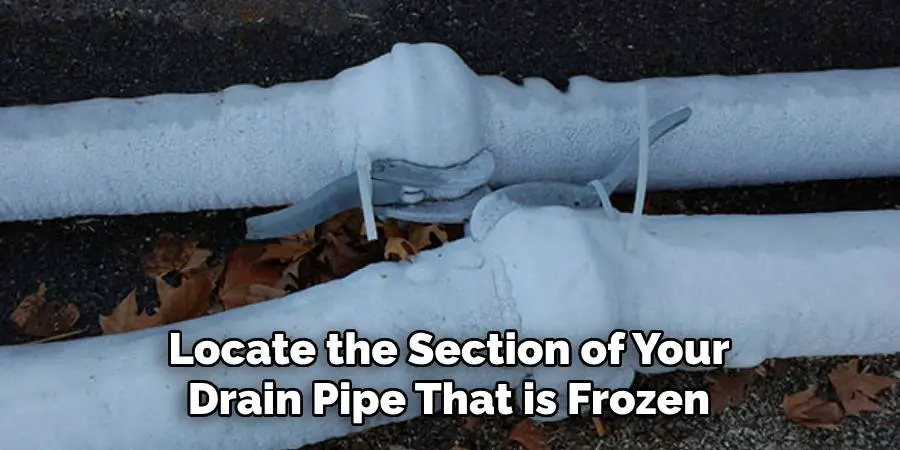
Next, you’ll need to locate the section of your drain pipe that is frozen. This can usually be done by feeling for a cold spot or listening for gurgling sounds in the pipes. If you’re unsure, it’s best to call a professional for help. Fill a large pot or bucket with hot water from your faucet. Make sure not to use boiling water as this can damage old pipes and cause them to burst.
Step 4: Use a Heat Source
There are various methods you can use to apply heat to your frozen drain pipes, including a hairdryer, space heater, or hot water bottle. Be sure to follow all safety precautions and keep the heat source away from any flammable materials. Once you have a heat source ready, aim it at the frozen section of your drain pipe. Move the heat source back and forth to evenly distribute the heat.
Step 5: Monitor the Progress
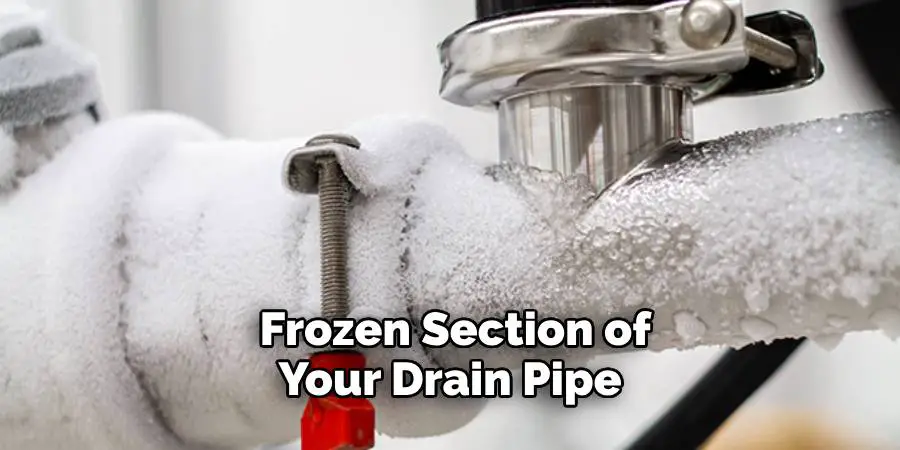
As you continue to apply heat, keep an eye on the frozen section of your drain pipe. It may take a few minutes for the ice to start melting, but be patient and avoid using excessive force or pressure. If you’re having trouble thawing the drain pipe with a heat source, you can try wrapping hot towels around the frozen section. The hot water will help melt the ice and loosen it from the pipe.
Step 6: Repeat if Necessary
Depending on how severe the freeze is, you may need to repeat steps 5-8 multiple times to completely thaw your drain pipes. Be persistent and patient, and avoid using any sharp objects to chip away at the ice. Once you have successfully thawed your drain pipes, turn the water supply back on and check for any leaks or issues. If everything looks good, you can resume normal use of your plumbing system.
By following these step-by-step instructions, you can safely and effectively thaw your frozen drain pipes without causing any further damage. Remember to always prioritize safety and call a professional if you encounter any difficulties or concerns.
Tips for How to Thaw Drain Pipes

- Wear protective gear such as gloves and goggles when handling hot water or heat sources.
- Keep a fire extinguisher nearby in case of any accidents.
- Do not use open flames to thaw drain pipes, as this can be extremely dangerous.
- Ensure the area around your drain pipes is well ventilated to avoid carbon monoxide buildup from heat sources.
- If you have PVC or plastic pipes, be cautious when applying heat as they can easily melt or deform.
- Avoid using chemicals such as antifreeze to thaw drain pipes, as they can be harmful to the environment and potentially damage your pipes.
- If you are unsure about how to safely thaw your specific type of drain pipe, it’s best to call a professional plumber for assistance.
Remember, taking the necessary precautions and using safe methods are crucial when dealing with frozen drain pipes. By following these tips, you can prevent accidents and safely thaw your pipes without causing any further damage.
What is the Main Cause of Frozen Drain Pipes?
The main cause of frozen drain pipes is exposure to freezing temperatures. This can occur when outdoor drain pipes are not properly insulated or when there is a sudden drop in temperature. Other factors such as clogged pipes or inadequate heating can also contribute to frozen pipes. It’s important to regularly maintain and check your plumbing system to prevent any potential issues with frozen pipes.
Additionally, if you live in a colder climate, it’s important to take extra precautions during the winter months to keep your pipes from freezing. This can include insulating any exposed pipes and allowing a small trickle of water to run through them on particularly cold days.
By being proactive, you can decrease the likelihood of experiencing frozen drain pipes. Remember, prevention is key when it comes to plumbing maintenance. So, be sure to take the necessary steps to protect your pipes from freezing temperatures.
How Can You Prevent Your Drain Pipes From Freezing?
As the winter season approaches, one of the many things to be concerned about is frozen drain pipes. Frozen pipes can cause a lot of inconvenience and damage to your home’s plumbing system. Not only that, but it can also lead to expensive repairs and replacements.
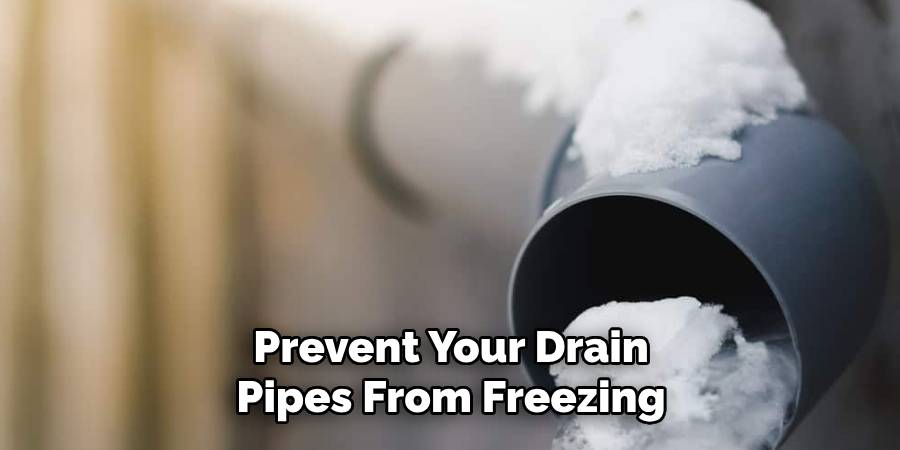
But fret not, there are ways you can prevent your drain pipes from freezing. In this article, we will discuss how you can thaw drain pipes and prevent them from freezing in the first place.
1. Understanding How Pipes Freeze
In order to effectively prevent your drain pipes from freezing, it is important to understand how they freeze in the first place. Typically, when water freezes, it expands. This expansion exerts pressure on the walls of the pipe, causing it to crack or burst.
This is why it is crucial to prevent water from freezing inside your pipes.
2. Insulate Your Pipes
The first step in preventing your drain pipes from freezing is to insulate them. Proper insulation can help keep the temperature of the water inside the pipes above the freezing point, thus preventing them from freezing. You can use foam pipe sleeves or electrical heat tape to insulate your pipes. Make sure to cover all exposed pipes, especially those in unheated areas such as the attic or basement.
3. Keep a Consistent Temperature
During extremely cold weather, it is important to keep your home’s temperature at a consistent level. This will help prevent drastic changes in the temperature of your pipes and keep them from freezing. If you are going away for an extended period of time, do not turn off your heat completely. Instead, set it to a low temperature to maintain a consistent level.
4. Let Faucets Drip
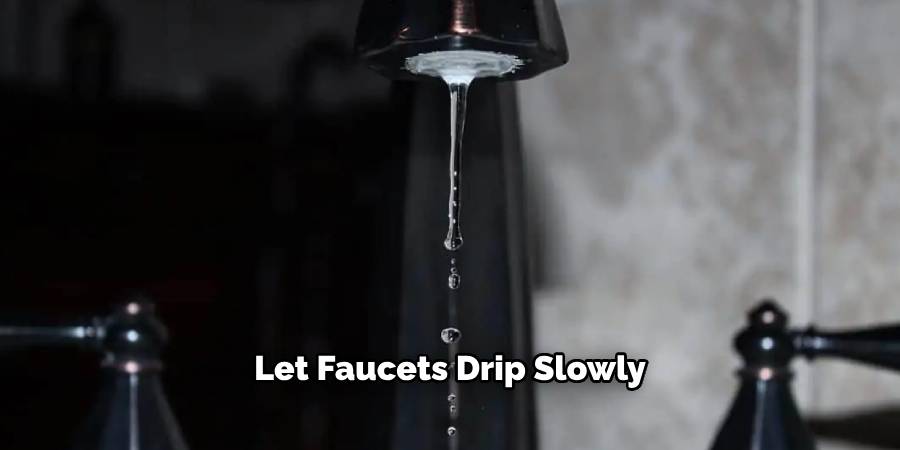
Another way to prevent your drain pipes from freezing is to let faucets drip slowly. This continuous flow of water can help prevent the buildup of pressure inside the pipes that could lead to them freezing and bursting. Simply open the faucet to a slow drip and leave it running until the temperature rises above freezing.
5. Thawing Frozen Pipes
If you do have frozen drain pipes, it is important to thaw them as soon as possible. You can use a hairdryer or hot water bottles to gently warm up the area where the pipes are frozen. Do not use any open flames or high heat sources as this can cause damage to the pipes. Once the pipes are thawed, keep a close eye on them to make sure they do not freeze again.
What Are Some Signs That Your Drain Pipes Are Frozen?
If you’re experiencing issues with your plumbing, one possible cause could be frozen drain pipes. This is a common problem during the colder months, especially in areas that experience freezing temperatures.
However, it’s important to know the signs of frozen drain pipes so that you can address the issue before it becomes a major problem. One sign that your drain pipes are frozen is if you notice a foul odor coming from your drains. This could be caused by an accumulation of debris and wastewater due to the frozen pipes not allowing proper drainage.
Another sign is if you turn on your faucets or shower and no water comes out. This is a clear indication that the water flow has been blocked, possibly due to frozen pipes. You may also notice gurgling sounds coming from your drains, or even water backing up into your sinks or toilets. This is a sign that the frozen pipes are causing a buildup of pressure in your plumbing system.
Should You Try to Thaw Them on Your Own, or is It Better to Call a Professional Plumber?
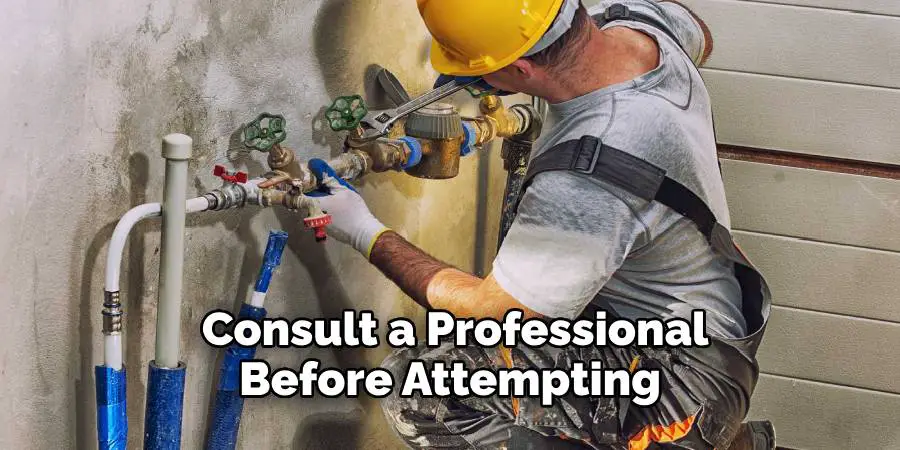
The answer to this question depends on several factors, such as the severity of the blockage and your level of experience with plumbing. In general, it is always best to err on the side of caution and consult a professional before attempting any DIY solutions. However, if you are confident in your abilities and have the necessary tools, here are some steps to safely thaw drain pipes:
- Identify the location of the frozen pipe: The first step is to determine which section of the pipe is frozen. This can usually be done by feeling for a difference in temperature along the length of the pipe or listening for a gurgling sound when water is running.
- Turn off the water supply: Before attempting to thaw the pipe, it is important to turn off the main water supply. This will prevent any additional water from entering and potentially causing more damage.
- Use hot water or a hair dryer: Depending on the accessibility of the frozen pipe, you can use either hot water or a hair dryer to thaw it. If using hot water, make sure it is not boiling and pour it over the frozen section of the pipe. For a hair dryer, hold it on high heat and direct the air towards the frozen area.
- Do NOT use open flames: It may be tempting to try and thaw pipes with an open flame such as a blowtorch or propane heater, but this is extremely dangerous and should never be attempted. Not only can it cause damage to your pipes, but it also puts you at risk for fire hazards.
- Insulate the pipes: After successfully thawing the drain pipe, make sure to insulate it using foam insulation or heating tape. This will help prevent future freezing and save you from having to deal with this problem again in the future.
While these steps may be effective in thawing frozen drain pipes, it is important to keep in mind that DIY solutions are not always the best option. If you are unsure or uncomfortable with attempting this on your own, it is always best to call a professional plumber.
Conclusion
In conclusion, knowing to thaw drain pipes is a valuable skill for any homeowner. By following the steps outlined in this blog post, you can prevent and fix frozen drain pipes before they become a major issue. Remember to always prioritize safety when attempting to thaw your drain pipes and seek professional help if needed.
In addition, it’s important to take preventative measures by insulating exposed drain pipes and keeping them warm during cold temperatures. Regularly checking for any signs of a frozen drain pipe and taking proactive steps can save you time, money, and stress in the long run. I hope this article has been beneficial for learning how to thaw drain pipes. Make Sure the precautionary measures are followed chronologically.

